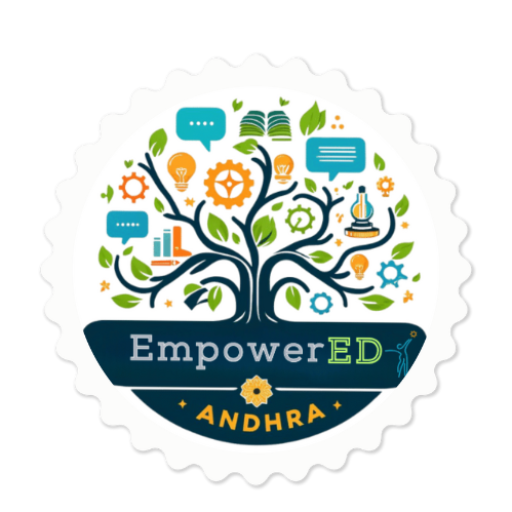Shadow Play: Exploring Light and Angles
The Shadow Play Experiment is a fun and creative way to explore the fascinating science of light, angles, and shadows. Using simple objects and a light source, students can learn how shadows are formed, how their size and shape change, and how light interacts with objects. This activity is perfect for students, parents, and educators to connect textbook concepts to real-life observations while sparking curiosity about the natural world. What is the Shadow Play Experiment? The Shadow Play Experiment involves creating shadows using a light source and various objects to observe how the position and angle of light affect the size, shape, and clarity of the shadow. It’s a hands-on way to understand the behavior of light and the principles of reflection, refraction, and shadow formation. What You’ll Learn Materials Needed To explore shadows, gather these materials: A notebook for recording observations Step 1: Set Up Your Light Source Step 2: Choose an Object Step 3: Observe the Shadow Step 4: Change the Light Angle Step 5: Record Observations What’s Happening? This experiment demonstrates key principles of light and shadow formation: 1. How Shadows are Formed A shadow is created when an object blocks light. The area behind the object becomes dark because light rays cannot pass through opaque objects. 2. Shadow Size and Light Distance This happens because light spreads out as it travels, and the angle of light rays changes with distance. 3. Shadow Sharpness This is due to the overlap of light rays (penumbra) around the edges of the object. Scientific Explanation: Connecting to Textbooks For students in Class 6–9, this experiment links directly to physics and optics topics: Real-Life Applications The principles explored in this experiment are used in various real-world scenarios: Extend the Experiment 1. Create Shadow Art 2. Test with Transparent and Translucent Objects 3. Explore with Colored Lights 4. Measure Shadow Length Throughout the Day Frequently Asked Questions 1. Why do shadows change size? The size of the shadow changes because the angle and distance of the light source affect how light rays are blocked by the object. 2. Why are some shadows blurry? Blurry shadows occur when light rays from a larger source overlap around the edges of the object, creating a penumbra (partial shadow). 3. Can translucent objects create shadows? Yes, but the shadows will be faint because some light passes through translucent objects. Why Try This Experiment? The Shadow Play Experiment is a creative and engaging way to learn about the behavior of light. It’s perfect for: Share Your Shadow Creations We’d love to see your shadow experiments! Share your photos or videos on social media with the hashtag #EmpowerEDShadows to inspire others and get featured on our website. Conclusion The Shadow Play Experiment is a simple yet powerful way to explore the interaction of light, objects, and angles. By experimenting with shadows, students gain a deeper understanding of textbook concepts while having fun and engaging their creativity.
Shadow Play: Exploring Light and Angles Read More »
